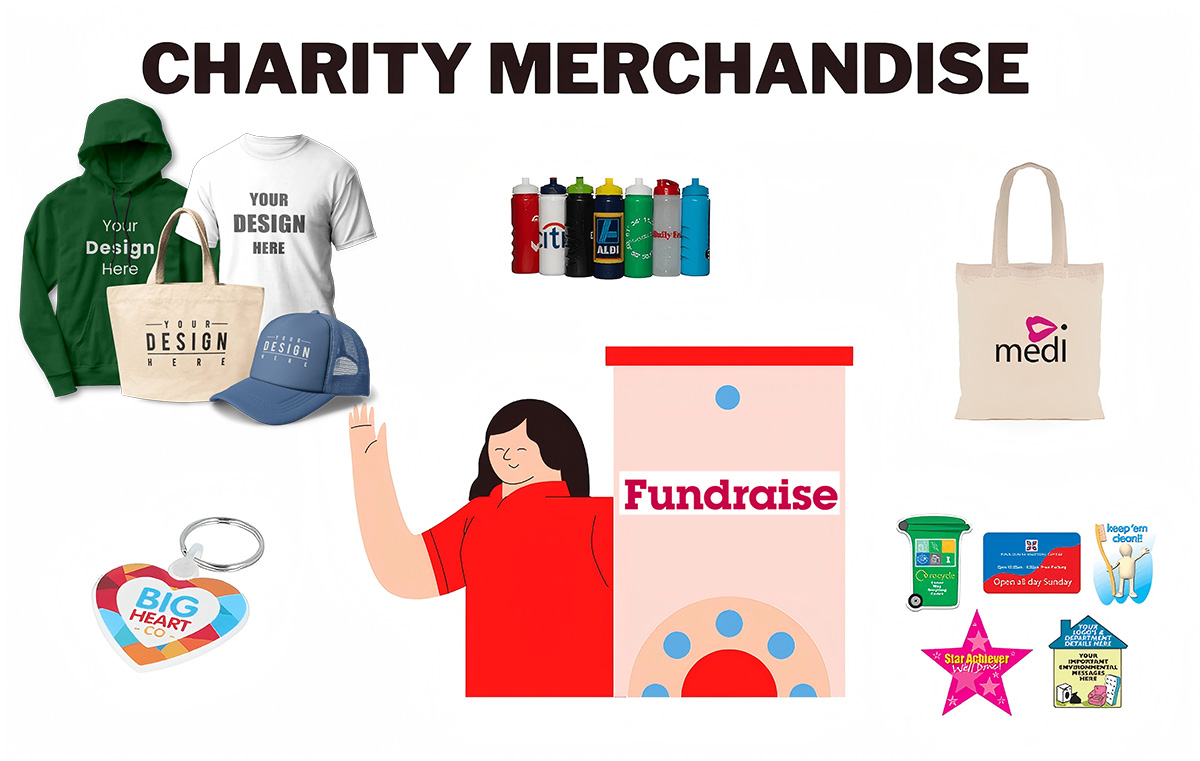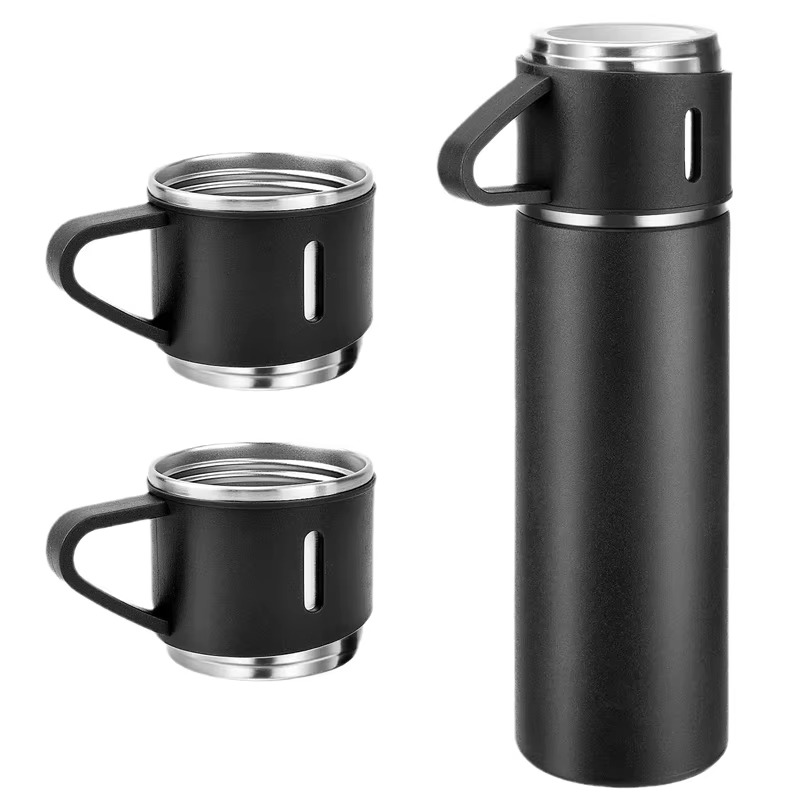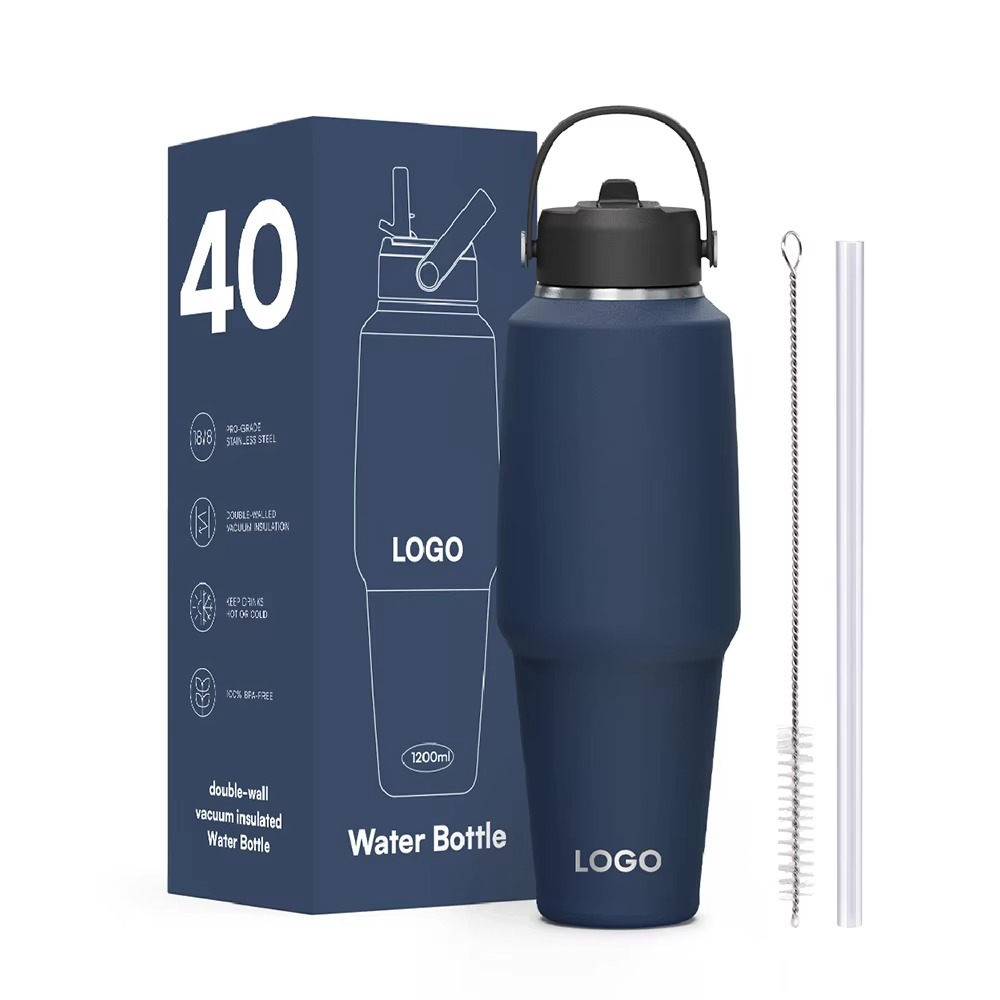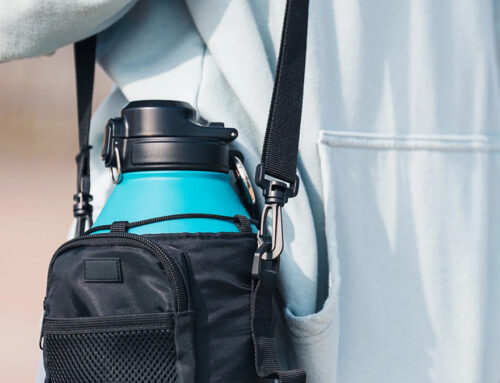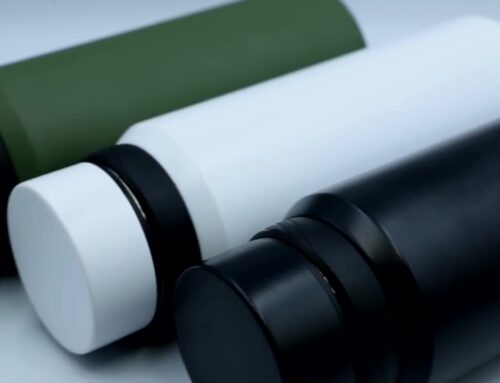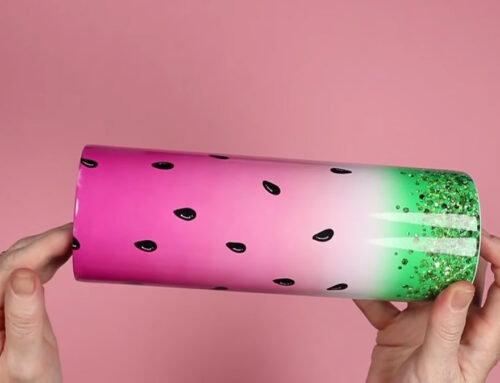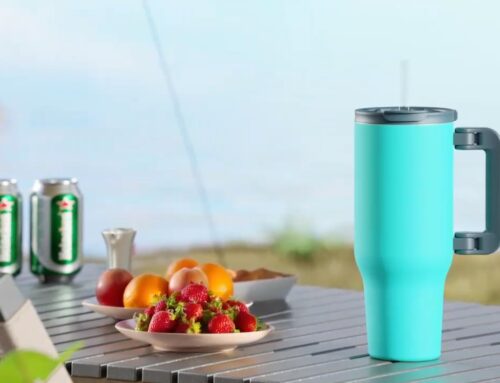For nonprofits, fundraising is a constant challenge. Traditional methods like grants, donations, and events remain essential, but an often-overlooked strategy offers both financial and promotional benefits—merchandise fundraising. Selling custom-branded products allows organizations to generate revenue while increasing awareness for their cause.
However, launching a successful merchandise fundraising campaign requires more than just printing a logo on a product and hoping for sales. Nonprofits need to choose the right products, set up an effective campaign, and use smart strategies to maximize impact. In this guide, we’ll walk through the process of merchandise fundraising, explore the best product options, and highlight why custom stainless steel water bottles / tumblers can be a game-changer for nonprofits.
What is Merchandise Fundraising?
Merchandise fundraising is a strategy where nonprofits sell branded products to raise money and awareness for their cause. Instead of relying solely on donations, organizations offer supporters tangible items in exchange for their financial contributions. This method not only generates revenue but also turns everyday products into promotional tools that keep a nonprofit’s mission in the public eye.
To better understand how merchandise fundraising works and why it’s so effective, let’s break it down.
How Merchandise Fundraising Works
At its core, merchandise fundraising is about creating and selling products that align with a nonprofit’s mission. The process typically involves the following steps:
- Selecting the Right Products: Nonprofits choose items that resonate with their audience, such as t-shirts, water bottles, tote bags, or custom accessories.
- Branding and Customization: These products are personalized with logos, slogans, or artwork to reflect the organization’s identity.
- Setting Up a Sales Channel: Items can be sold through online stores, social media, in-person events, or partnerships with retailers.
- Marketing the Merchandise: Nonprofits promote their products through email campaigns, social media, influencer partnerships, and word-of-mouth.
- Fulfilling Orders and Tracking Success: Once products are sold, orders are shipped or distributed, and nonprofits track sales data to refine future campaigns.
Why is Merchandise Fundraising Effective?
Merchandise fundraising is one of the most engaging ways to raise funds, and here’s why:
1. It Offers a Win-Win for Supporters
Unlike direct donations, merchandise fundraising gives people something in return for their contribution. Supporters feel good knowing they’re making a difference while also receiving a quality product they can use in their daily lives.
2. It Doubles as a Marketing Tool
Every t-shirt, water bottle, or tote bag with a nonprofit’s logo becomes a walking advertisement. When supporters use or wear the merchandise, they help spread awareness without any extra effort.
3. It Encourages Repeat Support
People love collecting meaningful or limited-edition items. If a nonprofit releases new designs or seasonal products, supporters may return to buy more, creating a continuous revenue stream.
4. It Appeals to a Wide Audience
Unlike gala dinners or high-ticket fundraisers, merchandise fundraising is accessible to everyone. With affordable products, nonprofits can engage a broader supporter base, including students, families, and casual donors.
5. It Builds a Stronger Community
Wearing or using branded merchandise creates a sense of belonging. Supporters feel more connected to the cause when they visibly show their involvement, leading to greater long-term engagement.
Examples of Merchandise Used in Fundraising
Organizations can choose from a variety of products to sell, but the most successful merchandise fundraising campaigns focus on items that are practical, high-quality, and relevant to the cause. Some popular choices include:
- Apparel: T-shirts, hoodies, hats, and socks with custom branding or messages.
- Drinkware: Stainless steel water bottles, tumblers, and coffee mugs.
- Eco-Friendly Items: Reusable tote bags, bamboo utensils, and sustainable stationery.
- Event Memorabilia: Wristbands, stickers, and posters for awareness campaigns or charity runs.
Merchandise fundraising is an innovative way for nonprofits to engage their community, raise funds, and leave a lasting impact. By choosing the right products and promoting them effectively, organizations can turn everyday items into powerful tools for advocacy and support.
Types of Merchandise Fundraising
Merchandise fundraising comes in many forms, allowing nonprofits to choose a strategy that best fits their goals, audience, and resources. The following are some of the most effective types of merchandise fundraising.
1. Direct Sales of Branded Goods
One of the most straightforward and widely used methods, direct sales involves offering branded merchandise through various channels. This approach is effective because it provides supporters with tangible items while promoting the organization’s mission.
- Online Stores: Many nonprofits set up e-commerce platforms or partner with third-party fundraising websites to sell products like t-shirts, water bottles, tote bags, and accessories.
- Event Sales: Conferences, charity walks, and community events are great opportunities to sell merchandise in person. People are more likely to make impulse purchases when they feel emotionally connected to a cause.
- Retail Partnerships: Some organizations collaborate with local businesses or major retailers to sell branded merchandise in stores, expanding their reach beyond their immediate supporter base.
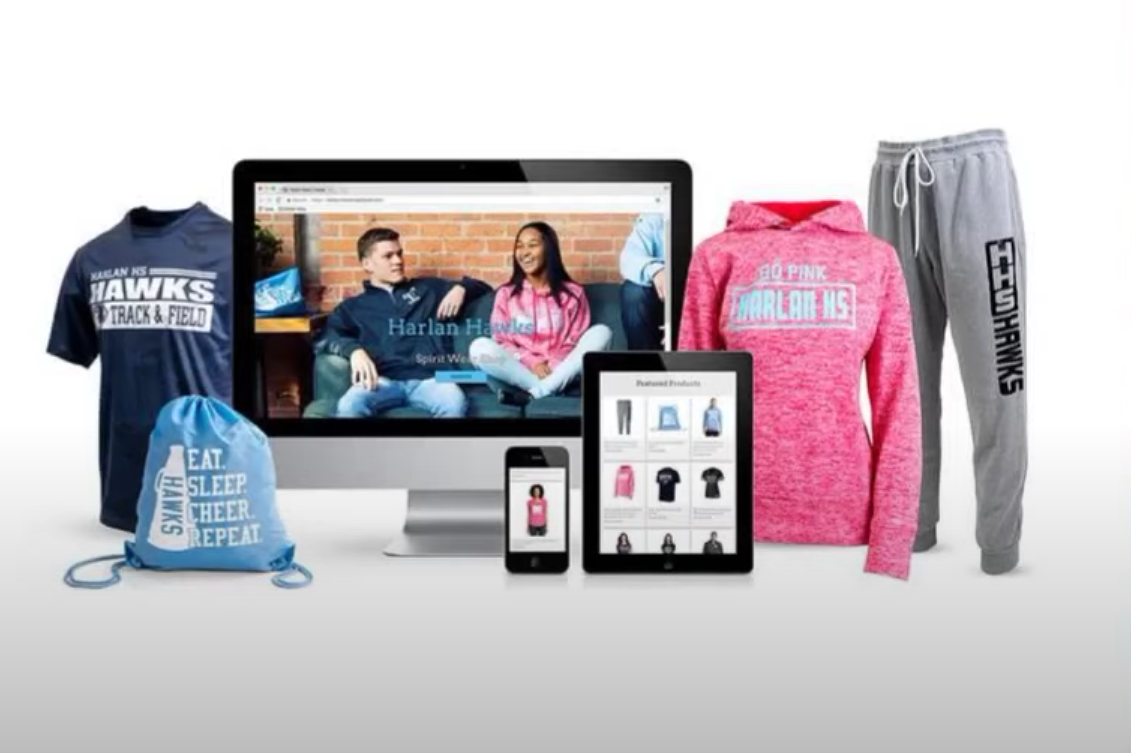
2. Peer-to-Peer (P2P) Merchandise Campaigns
Peer-to-peer fundraising adds a social element to merchandise sales, making it a powerful way to increase engagement and reach. In this model, supporters act as ambassadors, selling merchandise to their friends, family, and social networks.
- Crowdfunding with Merchandise Rewards – Nonprofits can encourage individuals to set up personal fundraising pages and offer branded merchandise as incentives for reaching donation milestones.
- Team-Based Campaigns – Schools, sports teams, and corporate groups often participate in team-based fundraising efforts, selling branded products to support a shared cause.
- Influencer or Ambassador Programs – Partnering with social media influencers or passionate supporters can significantly boost merchandise sales. These ambassadors wear or use the products in their content, encouraging their followers to purchase them.
Since peer-to-peer campaigns leverage personal connections, they often feel more authentic and can result in higher engagement compared to traditional fundraising methods.
3. Auction Fundraising
Auction-based merchandise fundraising adds an exciting, competitive element that can drive up the perceived value of products. This method is particularly effective for unique or limited-edition items.
- Silent Auctions: At galas, corporate events, or online fundraisers, nonprofits can auction off branded merchandise, exclusive experiences, or custom products with special designs.
- Online Bidding Platforms: Hosting virtual auctions allows nonprofits to reach a wider audience, enabling supporters from different locations to bid on items.
- Limited-Edition Collectibles – Offering one-of-a-kind or autographed merchandise can create a sense of urgency, making people more willing to bid higher amounts.
Auction fundraising works best for organizations looking to raise funds quickly while creating an interactive and engaging experience for supporters.
4. Seasonal or Thematic Campaigns
Tying merchandise fundraising to a specific season, holiday, or theme can create excitement and boost sales. Limited-time campaigns encourage supporters to act fast before the opportunity disappears.
- Holiday-Themed Products – Custom mugs, ornaments, or apparel designed for Christmas, Thanksgiving, or other holidays make great gifts while supporting a cause.
- Awareness Months and Causes – Nonprofits can create merchandise tied to specific awareness campaigns, such as breast cancer awareness in October or Earth Day in April.
- Event-Based Fundraising – Marathons, charity walks, and fundraising concerts can have exclusive merchandise designed for that particular occasion, increasing the event’s impact.
By aligning with timely trends or cultural moments, nonprofits can create a sense of urgency and drive more engagement in their fundraising efforts.
Each type of merchandise fundraising has its strengths, and the best approach depends on the nonprofit’s goals, audience, and resources. Some organizations might benefit from a combination of these methods—such as selling merchandise year-round while launching seasonal campaigns and occasional auctions. Regardless of the strategy, the key is to offer meaningful, high-quality products that supporters will love to use while proudly representing the cause.
Choosing the Right Merchandise
Selecting the right product is critical for a successful campaign. Here’s what nonprofits should consider:
1. Relevance to the Cause
The product should align with the mission. For example, an environmental nonprofit might sell reusable water bottles or tote bags, while an animal rescue group could offer pet accessories.
2. Usability and Longevity
Everyday items like drinkware, apparel, and bags offer long-term exposure for the nonprofit’s brand. The more useful the product, the more often people will use it, keeping the cause in public view.
3. Quality Matters
A cheaply made product can harm an organization’s reputation. Choosing high-quality materials ensures that supporters associate the nonprofit with value and reliability.
4. Cost and Profitability
While you want to offer great products, you also need to be mindful of the cost. Your merchandise should be affordable enough for people to buy but also priced in a way that ensures a reasonable profit margin. When determining the price, don’t forget to factor in costs like production, shipping, and taxes.
For instance, if you’re selling a stainless steel water bottle, it may have a higher upfront cost than a plastic one, but it’s likely to generate more profit in the long run due to its quality, durability, and higher perceived value. You also want to strike a balance—don’t set the price too high to alienate potential buyers, but don’t set it too low that it doesn’t help raise significant funds for your cause.
5. Customization Potential
Products with large print areas—like water bottles, sweatshirts, or notebooks—offer more space for messaging and branding, making them effective promotional tools.
6. Sustainability
Eco-friendly merchandise appeals to a broad audience, particularly younger generations. Items like stainless steel water bottles, bamboo utensils, or organic cotton apparel align with modern sustainability values.
Launching a Merchandise Fundraising Campaign
Planning a successful merchandise fundraising campaign requires more than just picking out a few products to sell—it involves careful strategizing, smart marketing, and continuous monitoring to ensure your nonprofit reaches its fundraising goals. Here’s a step-by-step guide to launching a merchandise campaign.
1. Set Clear Goals and Objectives
Before diving into the campaign, it’s essential to define the specific goals you want to achieve. Ask yourself what you’re hoping to accomplish beyond just raising money. Setting measurable and realistic targets will help guide your decisions along the way.
- Define Your Fundraising Goal: Decide on a specific amount of money you want to raise. This could be tied to a particular project, event, or ongoing operational costs.
- Create a Timeline: Plan how long the campaign will run. Will it be a limited-time promotion or a long-term fundraising tool? Setting a deadline creates a sense of urgency, which can encourage more purchases.
- Establish Metrics: Determine how you will track your progress. Metrics like the number of products sold, total funds raised, and engagement through marketing channels (social media, website visits) will help gauge success.
2. Choose the Right Merchandise
Your product choice is crucial for the success of your campaign. Here’s how to choose:
- Align With Your Cause: Pick products that resonate with your audience and reflect your nonprofit’s mission.
- Target Audience Appeal: Think about what your supporters would actually want to use. Will the product serve a practical purpose?
- Cost vs. Profit: You’ll also want to keep an eye on the cost of goods sold versus your expected profit margin. While it’s tempting to go for cheaper items, ensuring quality can lead to higher sales and greater long-term brand loyalty.
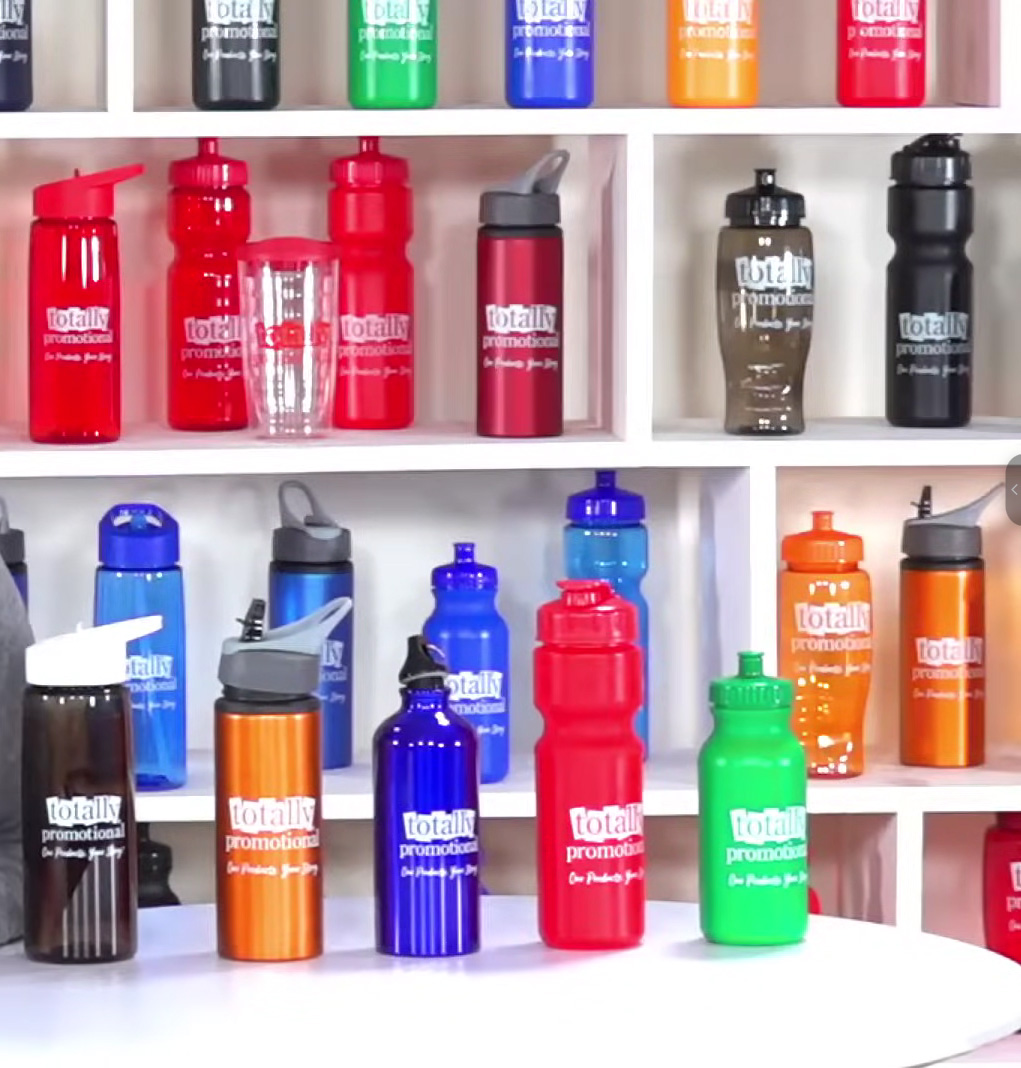
3. Design the Merchandise
Once you’ve chosen the products, it’s time to make them stand out. The design will play a significant role in how well your merchandise sells. Aim for designs that are not only eye-catching but also reflect your cause.
- Branding Consistency: Your merchandise should align with your nonprofit’s overall branding. Use your nonprofit’s logo, colors, and any taglines that are part of your identity. This strengthens brand recognition and builds trust with your supporters.
- Appeal to Emotion: Don’t be afraid to use the power of storytelling in your designs. People are more likely to buy when they feel a personal connection. Whether it’s a catchy slogan or a design that resonates with your mission, creating an emotional connection will drive more purchases.
An attractive, well-thought-out design can help create a buzz around your merchandise and make it more appealing to your target audience.
4. Establish a Sales Strategy
Next, you’ll need to decide how you will sell your merchandise. Whether it’s online, at events, or through partnerships, your sales strategy should match your target audience and your nonprofit’s goals.
As mentioned above, fundraising strategies include direct sales of branded goods, peer-to-peer fundraising, auction fundraising, and seasonal or thematic campaigns.
Whichever method you choose, make sure that it’s convenient for your supporters to purchase and that the purchasing process is simple and straightforward.
5. Set Pricing and Shipping Policies
Setting the right price point and establishing clear shipping policies are essential parts of any merchandise campaign. The goal is to balance affordability with profitability while offering a smooth customer experience.
- Price Point: Research similar merchandise and understand your target audience’s spending habits. You want to offer products that are affordable for your supporters while ensuring that your nonprofit still makes a reasonable profit. Keep in mind production costs, shipping fees, and any promotional discounts you plan to offer.
- Shipping & Returns: Create transparent and clear policies for shipping times, costs, and returns. Supporters will appreciate knowing what to expect when they place an order. Offering free or discounted shipping can also incentivize people to purchase more items.
6. Build a Marketing Strategy
With your products ready to sell, it’s time to create a marketing strategy that spreads the word and drives traffic to your store. This is one of the most critical aspects of any successful campaign.
- Leverage Social Media: Social media is an essential tool for reaching a broad audience. Post regularly across platforms like Facebook, Instagram, Twitter, and even LinkedIn, depending on where your supporters hang out. Use attractive images, engaging captions, and call-to-action phrases to encourage followers to buy.
- Email Campaigns: Reach out to your existing donor base via email to notify them of your campaign. Craft personalized messages explaining how buying merchandise helps support your nonprofit’s mission and the impact it will have. Offer exclusive discounts or early-bird access to drive urgency.
- Influencer Partnerships: If you have the budget, partner with influencers or local celebrities who support your cause. Their endorsement can significantly expand your reach and increase trust in your campaign.
A well-thought-out marketing strategy can generate excitement and increase visibility, bringing in more supporters who want to contribute.
7. Launch the Campaign
Once everything is in place, it’s time to launch your campaign. Don’t just set it and forget it—keep the momentum going by staying active throughout the campaign period.
- Promote Across Channels: Use your marketing channels to launch the campaign, making sure to spread the word across social media, email lists, and your website. Don’t forget to ask your supporters to help spread the word by sharing posts or telling their networks about the campaign.
- Offer Incentives: Consider offering limited-time promotions, discounts for multiple purchases, or free items for larger donations. These incentives can encourage more people to act quickly and purchase.
A successful launch sets the tone for the entire campaign, so be sure to give it the attention it deserves.
8. Track Progress and Adjust as Needed
Once the campaign is live, it’s essential to track your progress regularly. Be flexible and ready to make adjustments if necessary.
- Monitor Metrics: Keep track of the sales data, social media engagement, and email open rates. Are there certain products selling better than others? Is there a certain demographic more engaged than others?
- Adjust Your Approach: If a particular marketing strategy isn’t working, switch things up. Maybe your audience isn’t responding to your current design or pricing. Make changes where needed to keep the campaign fresh and engaging.
Launching a merchandise fundraising campaign is an exciting yet challenging endeavor. Keep the momentum going, stay flexible, and most importantly, remember that every sale helps move you closer to your mission.
The Role of Sponsors in Merchandise Fundraising
Sponsors play a critical role in the success of merchandise fundraising campaigns for non-profits. They provide offer visibility and help elevate the overall campaign to a broader audience.
Why Sponsors Matter
Sponsors can contribute in various ways, including:
- Amplifying Reach: Sponsors often have their own networks, including loyal customers, employees, and social media followers. By collaborating with them, your campaign can reach a much wider audience, which might not have been possible otherwise.
- Increased Credibility: Partnering with well-known sponsors adds a layer of legitimacy to your campaign. Their association can boost trust in your non-profit and help convince potential donors and buyers to support the cause.
Attracting Sponsors
Sponsors are more likely to come on board if they see clear benefits for their business, such as brand exposure, alignment with a meaningful cause, and access to a targeted audience. Here are a few strategies to attract sponsors:
- Align with Their Values: Choose sponsors whose values and mission align with your non-profit’s cause.
- Offer Tangible Exposure: Sponsors are in it for the visibility. Offer them promotional opportunities in exchange for their support. This can include having their logo on the merchandise, featuring them in your social media posts, and showcasing them during fundraising events. The more visibility you offer, the more attractive your campaign will be to potential sponsors.
- Create Tiered Sponsorship Packages: Develop sponsorship packages that offer different levels of involvement. For instance, a “gold” sponsor could have their logo prominently displayed on all merchandise, while a “silver” sponsor might have smaller branding opportunities. This allows sponsors to select a level of involvement that best suits their budget and desired exposure.
Sponsor Benefits
Sponsors gain several advantages by partnering with non-profits for merchandise fundraising campaigns:
- Brand Exposure: Sponsors’ logos and branding can be featured on custom merchandise like T-shirts, water bottles, and tote bags. These items are often worn or used publicly, giving sponsors valuable visibility wherever the products go.
- Association with a Good Cause: Sponsors gain goodwill by associating their brand with a charitable cause. This positive image can enhance their reputation and attract customers who value corporate social responsibility (CSR).
- Increased Customer Loyalty: When sponsors support causes that resonate with their customers, they build stronger emotional connections with their audience. This can lead to increased loyalty and engagement, particularly when customers see their purchases helping to support a cause they care about.
- Networking Opportunities: Sponsors often have access to exclusive events or networking opportunities with other brands and potential partners. This can open doors for future collaborations, partnerships, and business opportunities.
Benefits Beyond Fundraising
Merchandise fundraising isn’t just about money—it strengthens a nonprofit’s overall presence.
1. Brand Awareness
Every item sold acts as a mini billboard, spreading the nonprofit’s message far beyond its immediate audience.
2. Community Engagement
Supporters feel a stronger connection to an organization when they wear or use its merchandise, increasing long-term loyalty.
3. Conversation Starter
Branded merchandise sparks conversations, drawing in new supporters who might not have otherwise engaged with the cause.
4. Encourages Repeat Support
A great product experience encourages people to return for future campaigns, making merchandise sales a sustainable revenue stream.
Why Stainless Steel Water Bottles?
Among all the possible merchandise options, stainless steel water bottles stand out as a top choice for nonprofits. Here’s why:
- Eco-Friendly: Reduces plastic waste, aligning with environmental initiatives.
- Durable & Long-Lasting: Unlike plastic bottles, stainless steel options are built to last.
- High Perceived Value: People are more willing to spend money on a quality product they’ll use daily.
- Customizable: Logos, slogans, and artwork can be easily printed or engraved.
- Universally Useful: Suitable for all age groups, making them a versatile fundraising product
Click here to learn more about custom stainless steel water bottle manufacturing.
How Customization Drives Impact
Customization isn’t just about branding—it deepens the connection between a nonprofit and its supporters.
1. Tells a Story
A well-designed water bottle can feature inspiring messages, campaign slogans, or even artwork created by the community.
2. Enhances Emotional Connection
Limited-edition designs make supporters feel like part of an exclusive group.
3. Encourages Word-of-Mouth Marketing
Unique designs and meaningful branding make people more likely to show off their merchandise, leading to organic promotion.
4. Creates Long-Term Engagement
Custom merchandise can serve as a reminder of an event or donation, reinforcing the supporter’s commitment to the cause.
Conclusion
Merchandise fundraising isn’t just about selling products—it’s about creating a movement. By offering meaningful items like custom stainless steel water bottles, tote bags, or apparel, non-profits can transform passive supporters into passionate advocates who wear, use, and share their commitment to your cause every day.
For more information, contact KingStar today by sending us a message online or via email to sales@waterbottle.tech.

